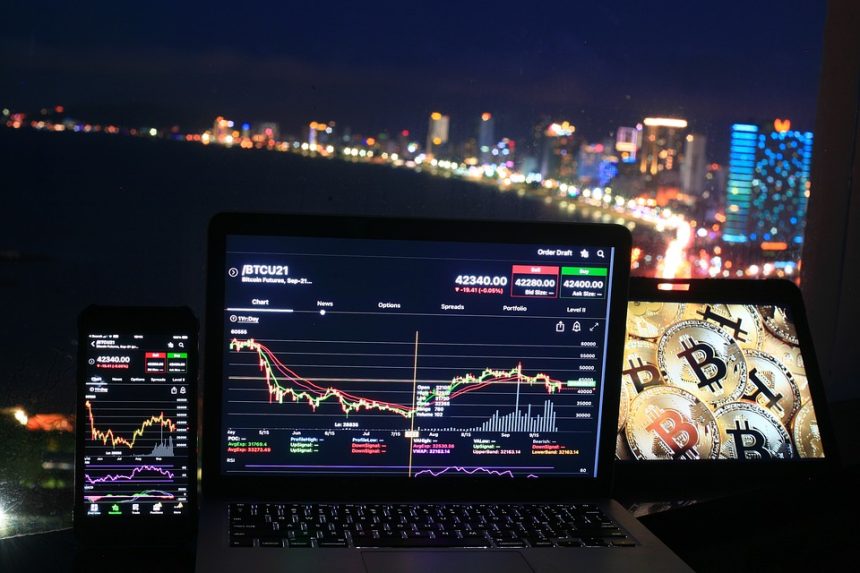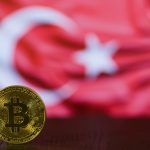Title: The Intersection of IoT and dApps: Unlocking New Possibilities in Connectivity
In recent years, the realms of the Internet of Things (IoT) and decentralized applications (dApps) have emerged as two titans of technological innovation. While IoT focuses on the interconnection of devices to collect and exchange data, dApps leverage blockchain technology to create decentralized ecosystems that promote transparency, security, and user autonomy. Together, they are poised to redefine how we interact with the world around us, creating unprecedented levels of connectivity and efficiency.
Understanding IoT and dApps
Internet of Things (IoT) refers to a network of physical devices embedded with sensors, software, and other technologies that enable them to connect and exchange data over the internet. This network can range from everyday household items like smart thermostats and fitness trackers to industrial machinery and whole smart cities. The primary goal of IoT is to enhance our lives through automation, efficiency, and data-driven decision-making.
Decentralized Applications (dApps), on the other hand, are applications that run on a peer-to-peer network rather than being hosted on centralized servers. Typically built on blockchain technology, dApps utilize smart contracts to enable automated processes without intermediaries. This decentralized nature provides benefits such as heightened security, resilience against censorship, and increased privacy for users.
The Synergy Between IoT and dApps
The fusion of IoT and dApps represents a significant leap in the capabilities of connected devices. Together, they bring several advantages that are poised to transform various sectors:
-
Enhanced Security: Traditional IoT devices often face criticism for their security vulnerabilities. By integrating dApps, data generated by IoT devices can be encrypted and securely stored on a blockchain, reducing the risks associated with centralized data storage. This protects devices from hacking and unauthorized access.
-
Improved Data Integrity: The decentralized nature of dApps means that data generated by IoT devices can’t be easily manipulated or altered. This is particularly vital in sectors like healthcare, where data integrity is crucial for patient safety and compliance with regulations.
-
Autonomous Transactions: dApps facilitate smart contracts that can enable IoT devices to perform automated transactions. For instance, a smart fridge could automatically reorder groceries when supplies run low, executing the transaction through a secure blockchain-powered dApp, eliminating the need for a centralized payment processor.
-
Interoperability: dApps can foster greater interoperability among IoT devices from different manufacturers. Standardizing communication protocols and using blockchain can enable seamless collaboration across devices, driving the development of smart cities and interconnected ecosystems.
- Reduced Operational Costs: By eliminating the need for intermediaries and streamlining processes through automation, the combination of IoT and dApps can significantly lower operational costs for businesses. This efficiency encourages innovation and reduces barriers for startups and established enterprises alike.
Real-World Applications
The convergence of IoT and dApps is already generating exciting applications across various industries:
-
Smart Agriculture: IoT sensors can monitor crop health, soil conditions, and weather patterns. dApps can facilitate peer-to-peer transactions between farmers and buyers, ensuring fair pricing and reducing intermediaries.
-
Supply Chain Management: Sensors on delivery trucks can provide real-time tracking of goods. dApps can verify and record each step of the supply chain on the blockchain, improving transparency and accountability.
-
Energy Management: Home energy systems can use IoT devices to monitor consumption patterns. dApps can facilitate decentralized energy trading between users, enabling neighbors to buy and sell excess energy generated from solar panels.
- Healthcare: Wearable devices that monitor patient vitals can share data through dApps, ensuring secure and consented sharing of personal health information between patients and healthcare providers.
Challenges and Future Directions
Despite the vast potential at the intersection of IoT and dApps, several challenges must be addressed. Scalability remains a significant concern; as IoT networks expand, the requisite bandwidth and storage capacity could strain existing blockchain infrastructures. Additionally, regulatory compliance, standardization, and user education are critical components that need to be navigated effectively.
The path forward will likely involve collaboration between various stakeholders, including technology developers, regulatory bodies, and industry leaders to create frameworks that foster innovation while ensuring security and privacy for users.
Conclusion
The intersection of IoT and dApps unlocks new realms of possibility in the landscape of connectivity. By harnessing the strengths of both technologies, we can pave the way for a more secure, efficient, and interconnected world. As these technologies continue to develop and mature, they hold the promise of transforming not only industries but also everyday life, offering solutions that were once confined to the realm of science fiction. Embracing this convergence could very well be the key to unlocking a future defined by unprecedented levels of connectivity and collaboration.





